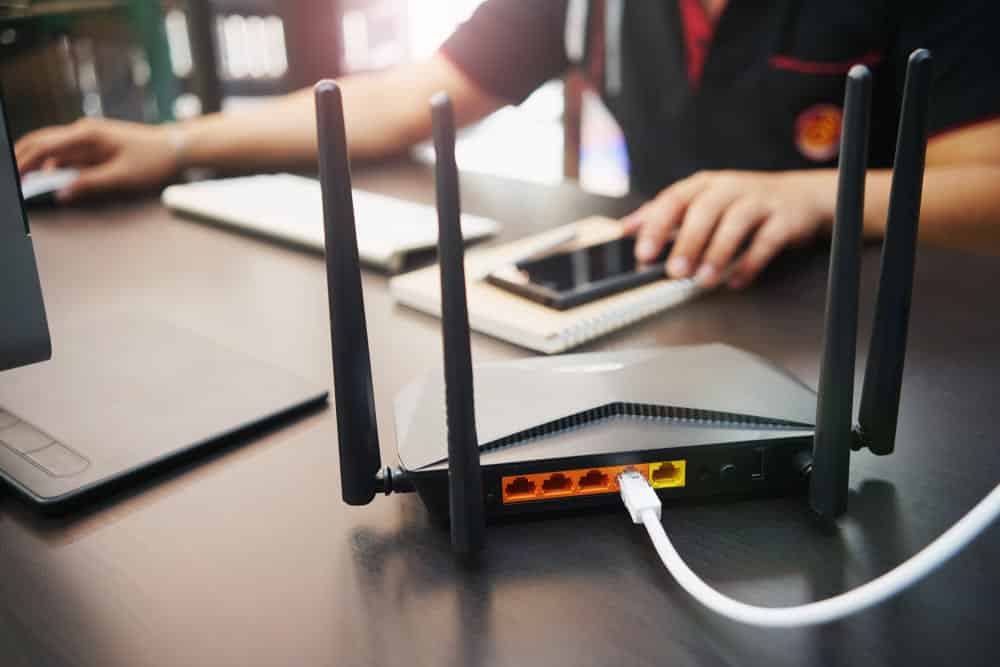
Modems have become a necessity these days since people always need to be connected with the internet. For this reason, people try their best to choose the best modem, but they often ask, “how to find router model remotely?” If you are in the same boat, we are sharing the information with you!
How To Find Router Model Remotely? Is It Possible?
Truth be told, the answer is both yes and no. This is because if you can get to the administrative webpage of the modem, you are likely to know the router model. However, one has to consider the firewall because firewall settings often prevent that from happening in the case of a public network.
Still, the users can check the router model from the private network. On the other hand, if you’ve access to the modem, you will be able to read the label without opening it up.
Secondly, you have the option to call the internet service provider and tell them the MAC address to find the router model. In some cases, the internet service providers have community forums where you can ask other users.
There are various tools that can support OS fingerprinting. These tools tend to use the characteristics of the TCP connection for narrowing down the OS version and type. In particular, it can identify the version and type of specific router OS that’s working with a specific IP address.
For people who are connected to the subnet, NMAP is an apt option for assessing the router model. On the contrary, you can use xprobe2 for hacking arsenals to access information about the router model. Lastly, you can run pixie-wps for accessing information about the router model, serial number, and name. Then, you can pin the router and gain information about the router model.
Finding The Serial Numbers
In addition to knowing the router model, you can also find the serial number. There are various ways of finding the serial numbers remotely over the connected network. In the section below, we are sharing different methods to find the serial numbers because every modem works differently and needs specific methods to be followed.
Telnet or SSH
This is the easiest method of retrieving serial numbers from the router. For this purpose, you will need to use the “show inventory” command. When this command is followed, hw serial# will show the serial number remotely (it will be the same as a serial number on the router).
Using SNMP Through Command Line
SNMP is known to be the simple network management protocol that can be sued for retrieving the serial number of the router. For this method, you will need to download two utilities, have a text file for the source list of routers, and create the .bat file. In case you are using the Linux system, awk command and snmp-get command are already available.
To illustrate, you have to download and install Net-SNMP tool for using the snmpget command. This command can also be redirected to the text file and import to the spreadsheet.
Using SNMP Through GUI Application
The GUI applications can be used for finding the serial number of the routers. There are various tools, such as Kiwi Cat Tools, for finding and retrieving the serial number of the router. In addition, these tools can provide inventories.
Accessing The Router
In addition to finding the router model, some people also ask if they can access the router remotely. That being said, it’s possible to access the router remotely by following the methods mentioned below;
Remote Sharing
If you want to access the router remotely, you have to switch on remote sharing on the router. For this purpose, you have to type the IP of the router in the web browser and log into the router through username and password. When you are logged in, check for the remote management option or remote access (you can find it under advanced settings).
Dynamic DNS
The majority of users have a dynamic public IP address, but it changes after every few days. For fixing this issue, you have to set up the dynamic DNS. The dynamic public IP is linked to the domain name, and the domain name can be used rather than public IP. As a result, you will be able to update the IP address.